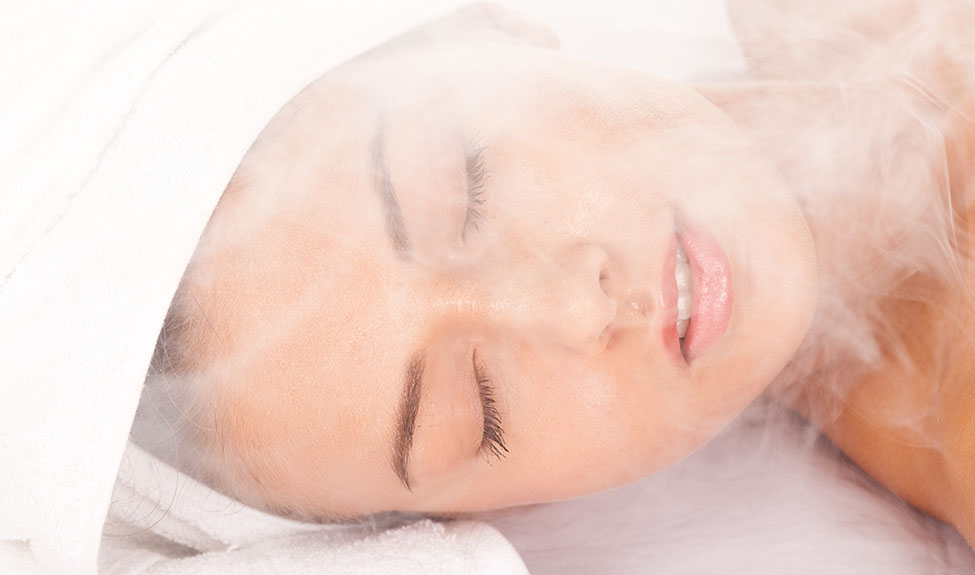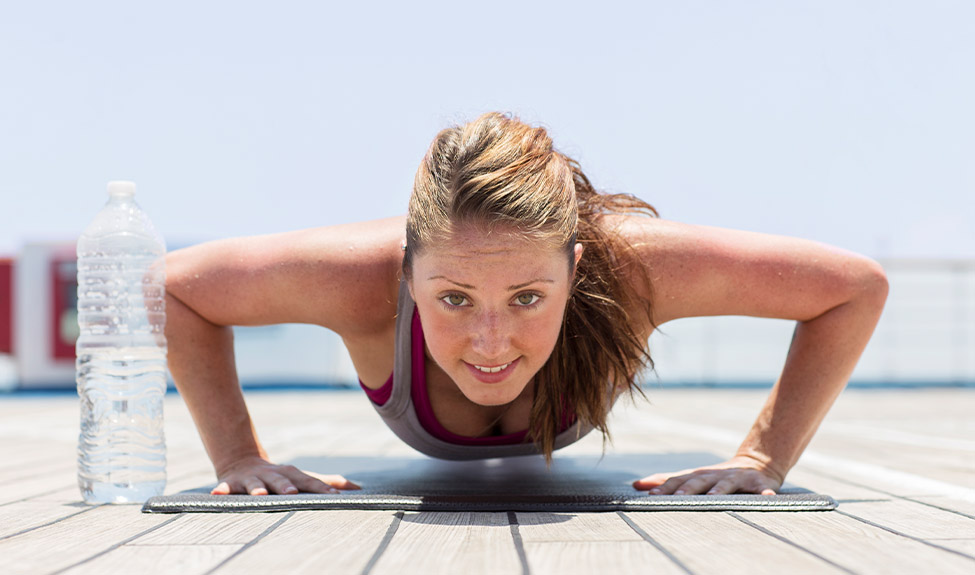When it comes to maintaining the health and vitality of the skin, hydration is absolutely essential. Perhaps just as important, and more often overlooked, is circulation.
Circulation is an involuntary process that most people don’t spend a lot of time thinking about. Even when we do, it’s usually related to cardiovascular health – not skin health. The reality is, however, that blood flow is vital for all aspects of health and wellness. Proper circulation keeps the skin nourished with oxygen and essential nutrients. It supports growth and repair while carrying away waste products.
Proper circulation can also be a tool in resolving numerous skin concerns from uneven tone and texture to anti-aging.
Why is Circulation Important?
The circulatory system, also known as the cardiovascular system, is responsible for carrying blood throughout the body. It transports oxygen, nutrients, hormones, and more to help maintain essential bodily processes. Poor circulation can lead to a number of significant health problems.
Not only is proper circulation necessary for overall health and wellness, but it has an impact on your skin. In fact, the skin has its own circulatory network of blood vessels and capillaries known as the cutaneous circulation system. This system helps supply the skin with oxygen-rich blood and essential nutrients while carrying away waste products, preventing toxins from building up in the skin. While the skin receives only a fraction of the blood flowing from the heart, maintaining steady blood flow is important for a multitude of reasons.
Poor circulation can affect the skin’s tone and texture. When the skin doesn’t get the oxygen it needs, the complexion can become pale and sallow. Inadequate blood flow can increase the risk for toxin accumulation, and it may make skin more prone to flare-ups from chronic skin conditions like eczema. Low blood flow to the skin may also affect its ability to withstand damage from UV rays and other environmental aggressors.
5 Ways to Boost Circulation in Treatments

Improving overall circulation is the best way to boost blood flow to the skin, but there are a few things you can do during a treatment to improve skin circulation. Bear in mind the client’s skin type before administering any of these treatments, however, to avoid a negative reaction.
Here are five simple ways to boost circulation in your treatments:
1. Incorporate steam.
Steam opens up the pores, helping the skin release dead skin cells, dirt, and other impurities while allowing product to penetrate more effectively. It also helps boost circulation, bringing more oxygenated blood to the skin.
2. Use facial massage techniques.
Facial massage increases blood flow, which in turn helps flush toxins from the skin. Even just five minutes of facial massage can increase blood flow for as long as ten minutes after. It may also help minimize the appearance of fine lines and improve the overall texture of the skin.
3. Apply essential oils.
Natural essential oils can boost microcirculation in the skin by dilating the blood vessels. Cypress essential oil is rich in α-pinene, a strong anti-inflammatory with venous and lymphatic decongestant properties. Rosemary, clary sage, and peppermint essential oils boost blood flow as well.
4. Consider hot and cold therapy.
Applying cold to the skin causes the blood vessels to constrict which soothes and tightens the skin while heat dilates the blood vessels to improve circulation. Alternating between heat and cold energizes the flow of blood and lymph through the skin in the face. This skin care strategy is commonly referred to as “thermal shock therapy” and has the research to back up its effectiveness.
5. Try microdermabrasion.
If your client is open to a slightly more involved procedure, microdermabrasion is an option. This treatment involves gently rubbing tiny crystals against the surface of the skin to smooth and buff the surface. In addition to improving the skin’s texture, microdermabrasion draws blood to the surface of the skin and can help trigger collagen production.
Tips for Clients to Implement at Home

Healthy skin requires a steady influx of nutrients and oxygenated blood, so only a monthly spa facial might not cut it and you need to do more. No matter what your client’s skin concerns may be, at-home maintenance is essential for achieving noticeable and long-lasting results.
Here are some simple circulation-boosting tips clients can implement at home:
- Stop smoking. Smoking causes the walls of the arteries to narrow which restricts blood flow. It can also deplete the skin’s stores of important nutrients like vitamin C which may contribute to early aging.
- Exercise regularly. Physical activity is one of the best ways to get the blood pumping. Experts recommend 30 minutes of moderate intensity activity at least three times per week.
- Stay hydrated. Hydration is essential for healthy skin, but it can also boost circulation. When the body is dehydrated it can affect blood volume and the ability to transport oxygen and vital nutrients.
- Try dry brushing. Using a soft bristle brush and brushing the skin in long, upward strokes can encourage blood flow. It’s also a gentle means of exfoliation for the skin.
- Use a facial massager or roller. Facial massagers (such as Yon-Ka’s QYKSonic Beauty Device) or rollers (such as Yon-Ka’s My Face Massage Crystal) are great tools for delivering at-home facial massage. This technique can brighten the skin and stimulate lymphatic drainage. It’s best done with a facial oil, serum, or moisturizer.
Achieving healthy, glowing skin is not something that can be achieved overnight. The skin is the largest organ of the body, so lasting change will take time to accomplish. Encourage your clients to keep up with their monthly facials and at-home maintenance to boost circulation. Healthy blood flow will support all of the client’s other skincare goals as well as their overall health.

